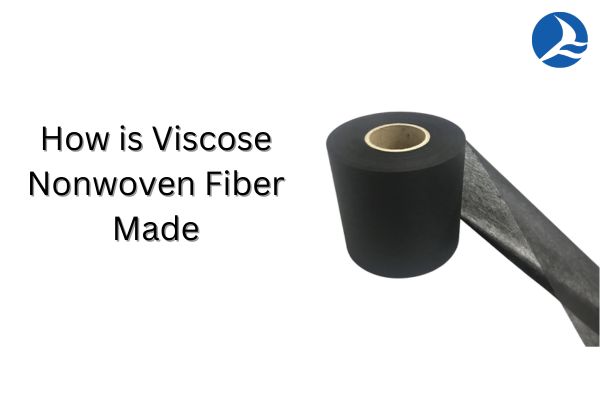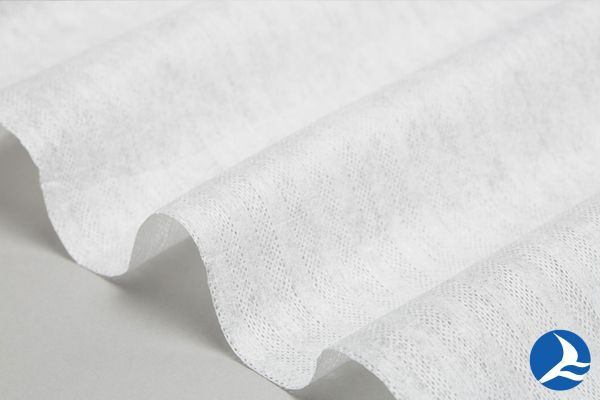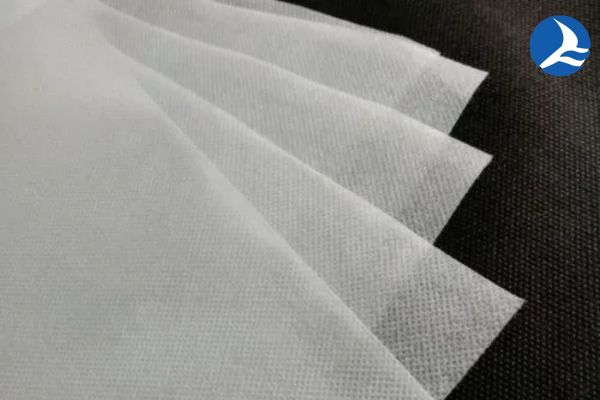Viscose Nonwoven Fiber, which is known as natural semi-synthetic fiber set onto the ground with the assist of wood pulp cellulose. It has a surge of versatility on offer and breaks well on defending your quality requirement. Appearing the title of the nonwoven statement means that it is neither knitted non woven.
The fiber covers better flexibility, and filtration promise for a better compound blend. Textile manufacturers secure them to use on making quality fabrics. The work procedure of the viscose nonwoven fabric is piloted in a way so that the price ratio can be kept as low as possible.
How is Viscose Nonwoven Fiber Made?
Staff or machines will start opening up the raw materials of the viscose fibers. The workflow forces the fibers to lay in a single fiber blend. Count of numerous different fibers blended onto it and created a new live mixture.
The force turns the mix into a mesh compound. The process can be followed by a human group or by a machine as per your ask. Now, you can take over the setting according to your required thickness for the viscose fiber. After that, the fibers are shared in a cutting machine where they get their width size.

Department of warm water gets activated to make the fiber warm. The rolling phase gets started, and the fibers are departed into two sections. After completing the felting, the fabrics sit ideally for a whole day and let cool off. Now, you can check the quality and tick for the finished products. That is how viscose nonwoven fabrics are made.
Viscose Nonwoven Fiber Properties
| Fabric Name | Viscose |
| Composition of fabric | Wood Pulp with Spunlace, Needlepunch, or Chemical Bonding |
| Breathability | Very High |
| Thread Count | 200-500 |
| Moisture-wicking abilities | High Pitch |
| Stretch Ability | Medium Pitch |
| Abilities to heat retention | Medium Pitch |
| Prone to bubbling | Medium Pitch |
| Washing Temperatures | Cold |
| Commonly used in | Sanitary products, Packaging, Filters, Food bags, etc. |
Types of Viscose Nonwoven Fiber
Three are plenty of directions to follow to get your desired nonwoven fabrics, according to the sign of specific procedure that leads them to new sort of fabrics and thus dominates their class. We are counting on eight down here.

Spunlace nonwoven fiber

Serve polymer slices here. Short fibers or filaments are put into use. They go through different air, mechanical or rolling functions and finish on a Spunlace nonwoven fiber.
Pulp air-laid non-woven fiber.

The cap of dry nonwoven fiber teamed up with the air-laid technology. Then, they are directed to turn into pulp fiber and to cloth.
Heat-bonded nonwoven fiber

Fibrous or sticky materials are bought together with the fiber and taken into use. The heating and cooling process on the way assist them in transforming into the desired clothes.
Spunbond nonwoven fiber

The League of Polymer gets stretched and follows to bond a web. According to the bond process, it transforms into a spun-bond nonwoven fiber.
Wet-laid nonwoven fiber

Most different raw materials get owned in a solution and mixed with a single natural fiber. The mesh form then gets laid in a wet position in an offer to make your cloth.
Acupuncture non-woven fiber

The point of acupuncture takes the hand on the needle puncture. The dry nonwoven fabric thus turns into a fluffy fiber for your task.
Meltdown nonwoven fiber

Down of melted polymer get into the thinner fiber. A quarter of the work mostly turned them into useful SMS webs.
Stitch nonwoven fiber

Club of knitted loop structure wrap to force fiber web. The combination of plastic materials forms a new non-woven fabric for your need.
Versatile Characteristics of Viscose Nonwoven Fiber
There happens to be lots to say when it comes to the Viscose Nonwoven fabric’s characteristics. Some general quality pool has been put together in this article. You can course through the critical point as discussed below.
Soft & Comfortable: Nonwoven fabrics are soft and comfortable to use. The treatment followed in its making also plays a key role in their exposure to comfort. The top brand most often gets a hand on these fabrics because of this certain reason.
Use Time: Most often, nonwoven fabrics are not referred to for long-time use. They are seen to be used for once and get trashed. But there are potential nonwoven fabrics that can be laundered and reused.
Paper light: The lightweight gives nonwoven fabric manufacturers the excuse to use it for quality sanitary products. Besides, teabags can also aim for the same fabrics as their quality.
